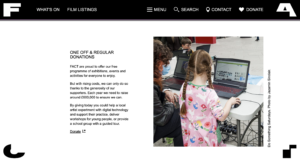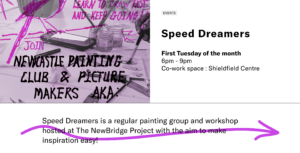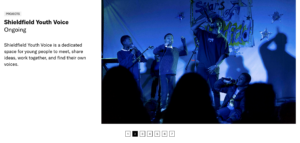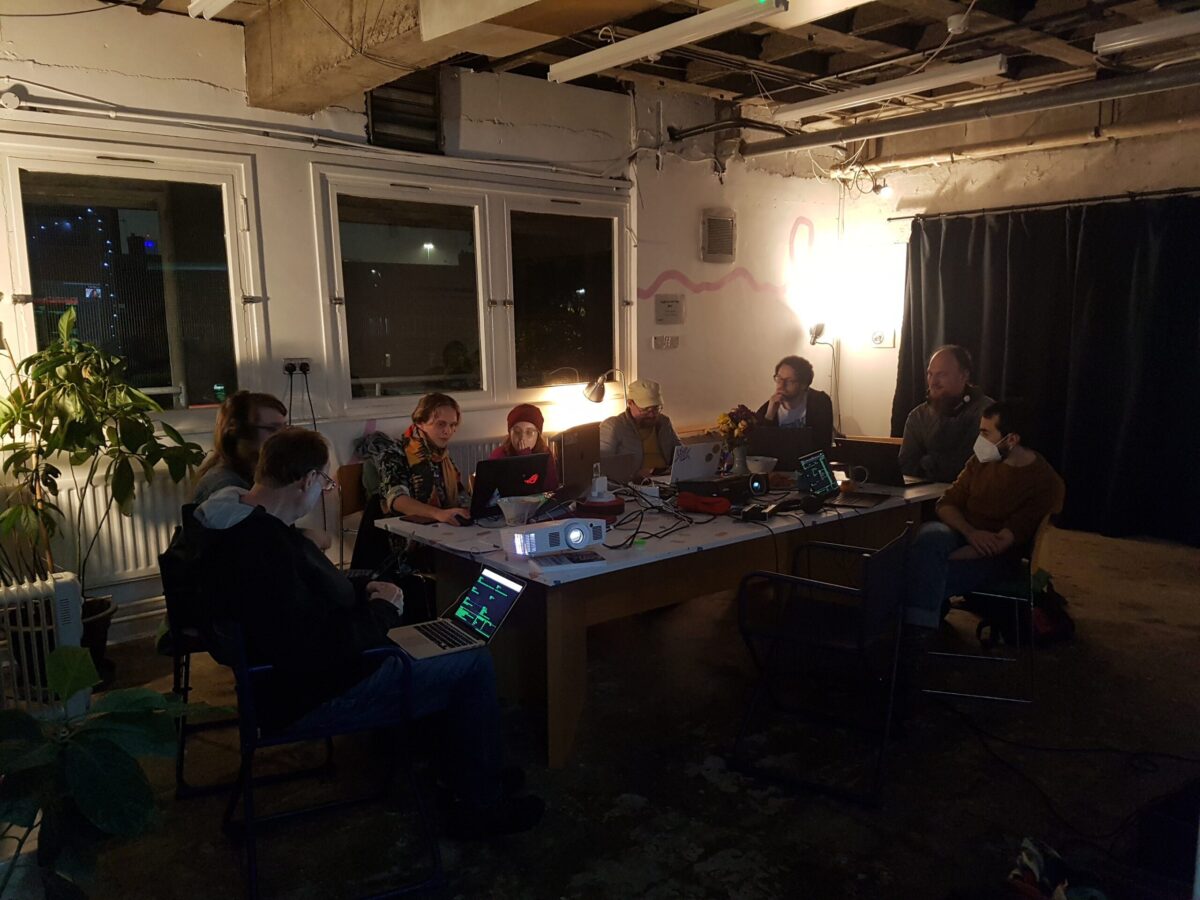New Challenges in Contemporary Curating
In “Curatorial Counter-Rhetorics and the Educational Turn” (Wilson, 2010) and “Expanding the Gallery ” (Franks, 2021), curation is positioned as an active social intervention. However, actual case studies reveal that despite the intention of public projects to promote broad participation, their practice often fails to reach the intended diverse audiences. In particular, the use of technology in exhibitions is often assumed to be a means of increasing interactivity, but improper maintenance and over-reliance on technology may instead hinder a deep dialogue between art and the public.
Curatorial Challenges and Theoretical Analysis of Public Projects
Dewey’s (2005) concept of art as lived experience provides me with clues. He argued that art should be integrated into the public’s daily life, not as an elegant pursuit far from life. After the class, I examined public programs on platforms such as FACT. I found that although these projects have made progress in promoting community engagement and arts education, they also face challenges in terms of funding, resource constraints, and measuring social impact. This led me to think back to Relational Aesthetics (Bourriaud, 2002) and Artificial Hells (Bishop, 2012), which suggest how art and curation should be more effectively linked to the arts. curation should interact more effectively with society. For example, the desire to democratize art and make it accessible is noble but often fails in execution that truly transcends the art’s familiarity with the population, and Wilson and O’Neill (2010) point out that the shift in the curatorial field towards education and public engagement must go beyond rhetoric and manifest itself in genuine dialogue and participation. However, as observed in the public programs mentioned, there is still a gap between intention and impact, which is often compromised by logistical negligence or lack of critical reflection on the part of the institution.

Pilvi Takala, Close Watch (2022). Installation view at FACT Liverpool. Photography by Rob Battersby

Melanie Crean, A Machine to Unmake You (M2UY) (2019-2024). Installation view at FACT Liverpool. Photography by Rob Battersby

FACT. (n.d.) Donate [Screenshot]. Available at: https://www.fact.co.uk/donate
Personal Reflections: Redefining the Social Responsibility of Curating
I believe that the social responsibility of curating should be to promote the public’s deeper understanding of art, stimulate critical thinking, and contribute to the cultural and educational development of society. This proves that the technology of curatorial displays must at the same time serve as a bridge between art and the public.
By designing more inclusive and participatory public art programs, curators can create richer art experiences for audiences from different backgrounds. Consider the South London Gallery’s public program and how it uses this platform to deepen the connection between art and the community, tapping into and reflecting the unique culture and needs of the community; and how the NewBridge project explores urban regeneration and social change through art practice. These questions require in-depth reflection and creative solutions from me.


The NewBridge Project. (n.d.) What’s On [Screenshot]. Available at: https://thenewbridgeproject.com/whats-on/
References:
Bourriaud, Nicolas. (2002) Relational aesthetics / Nicolas Bourriaud ; translated by Simon Pleasance & Fronza Woods with the participation of Mathieu Copeland. Dijon: Les Presses du réel.
Bishop, C. (2012) Artificial hells : participatory art and the politics of spectatorship. 1st edition. London: Verso.
Dewey, J. (2005) Art As Experience. 1st edition. New York: Penguin Publishing Group.
Wilson, M. & O’neill, P. (2010) Curatorial counter-rhetorics and the educational turn. Journal of visual art practice. [Online] 9 (2), 177–193.
Franks, A. (2021) “Expanding the gallery: Curation, pedagogy and social action in community-based arts programmes,” in Debates in Art and Design Education. 2nd edition [Online]. Routledge. pp. 196–210.


